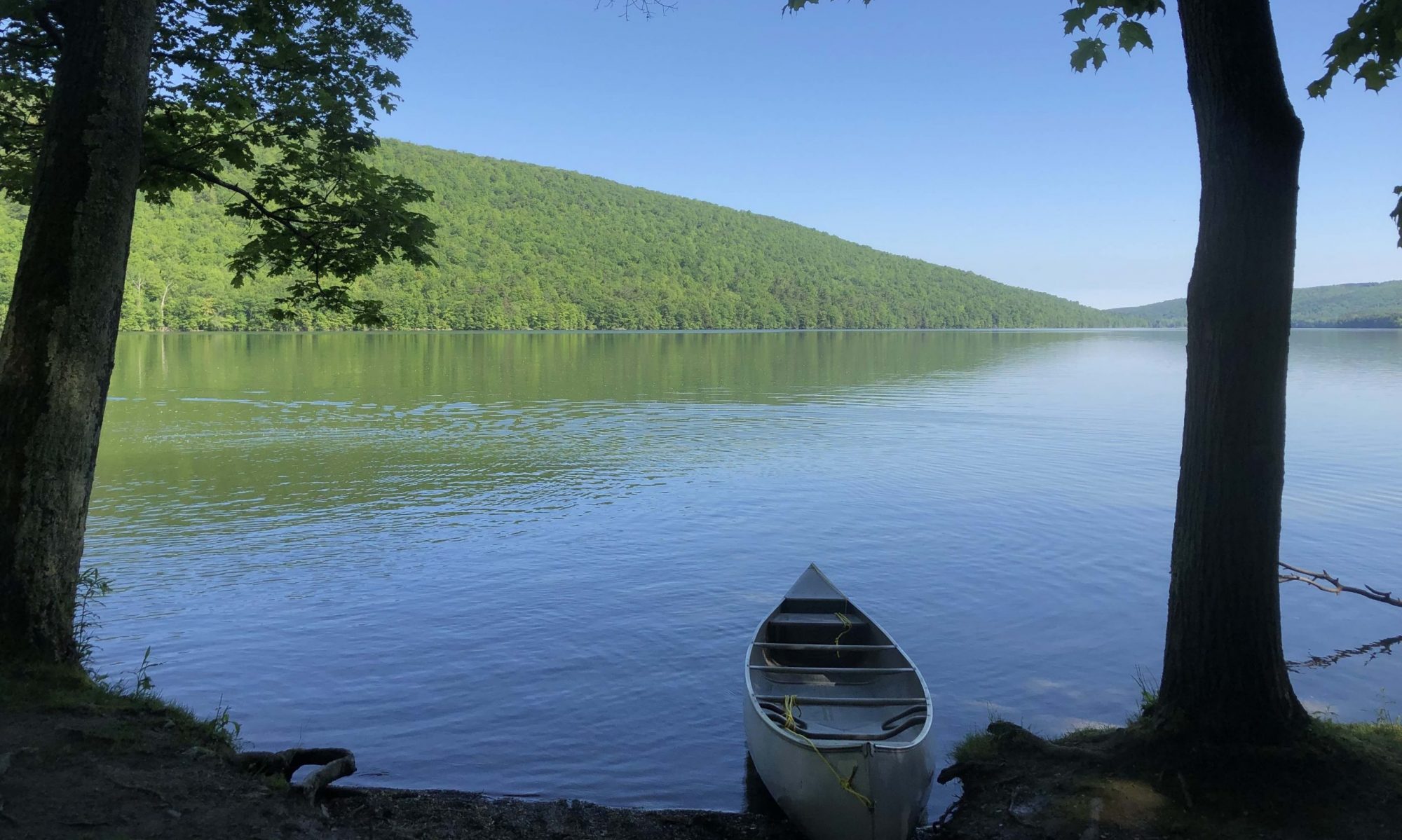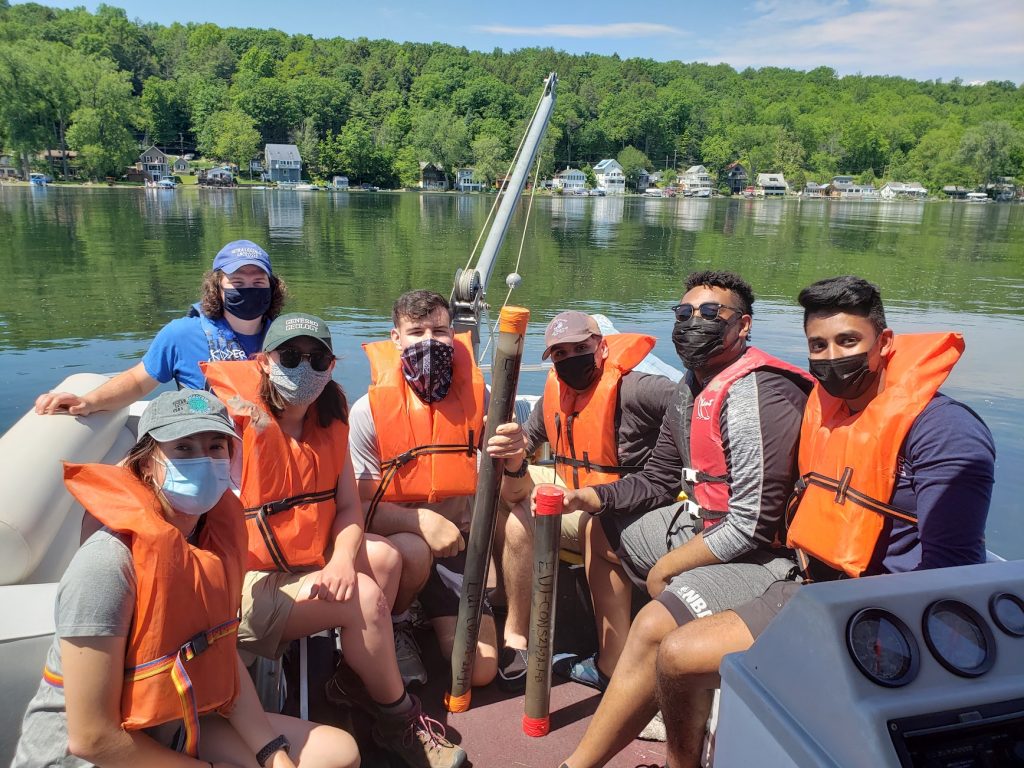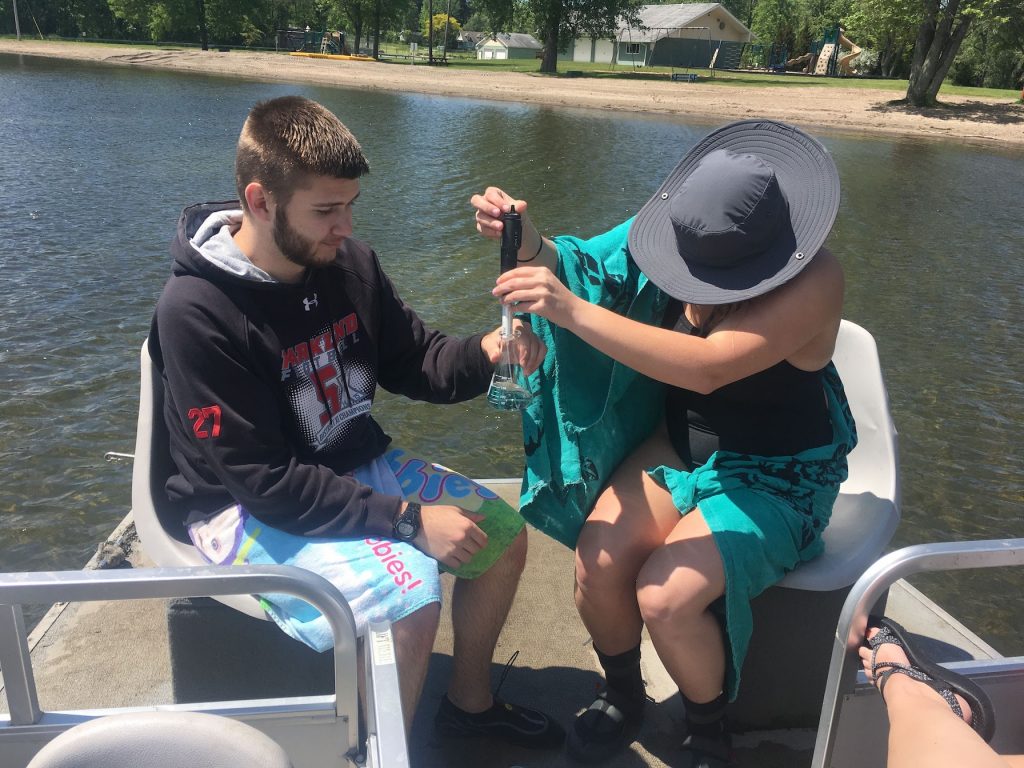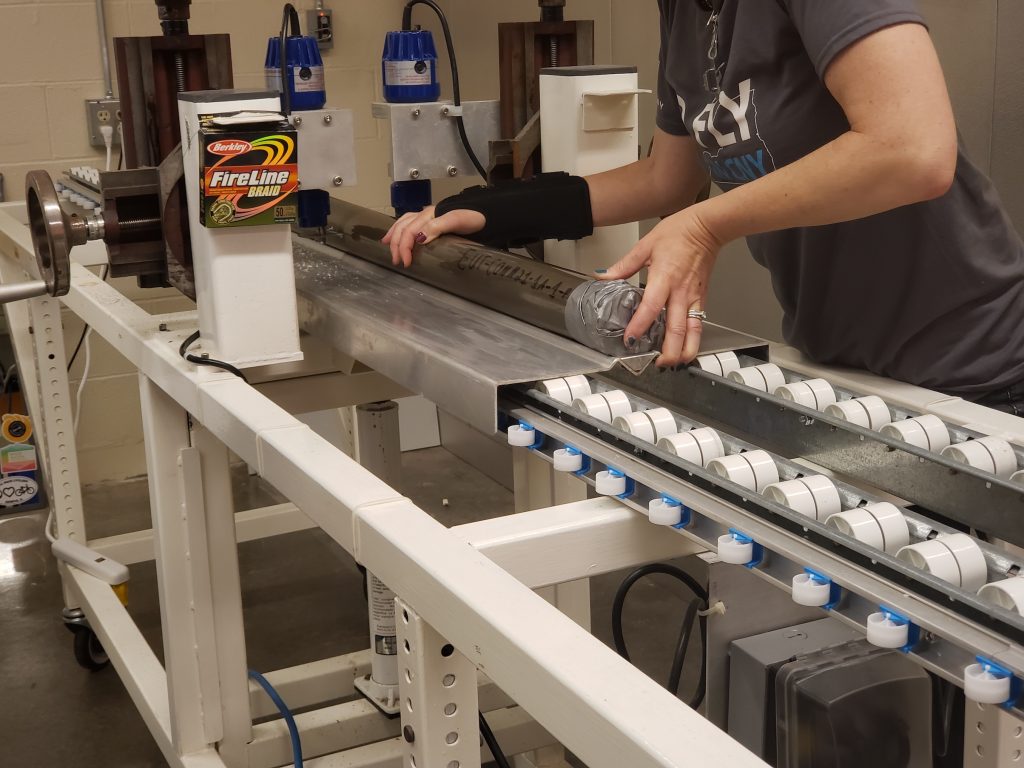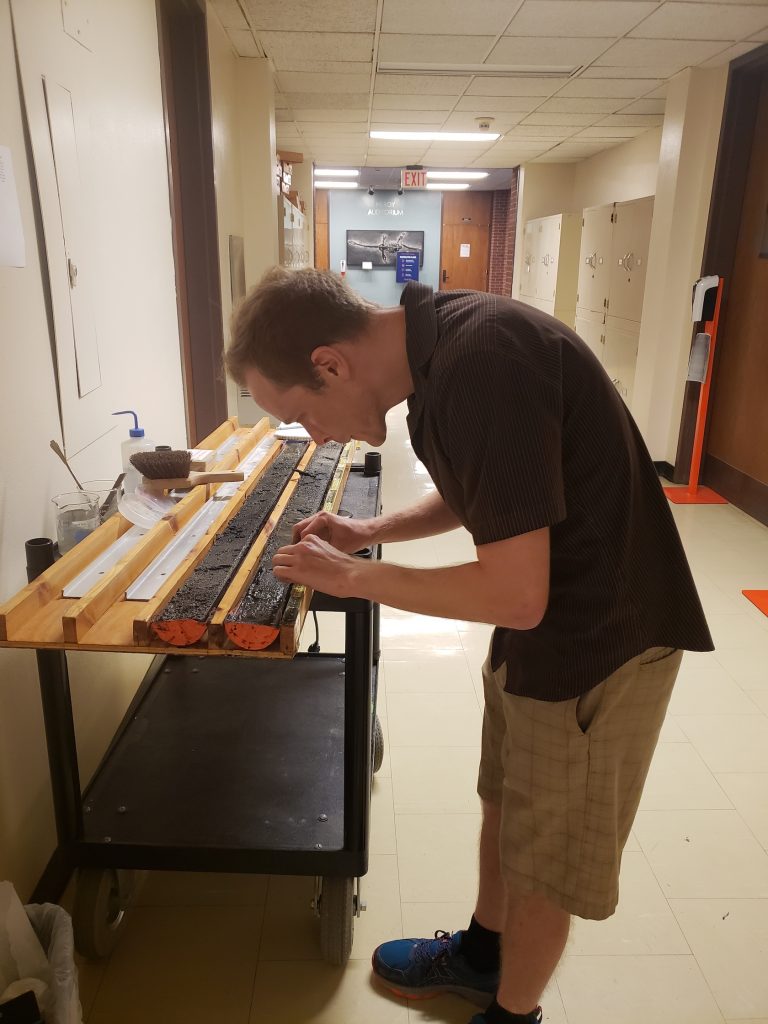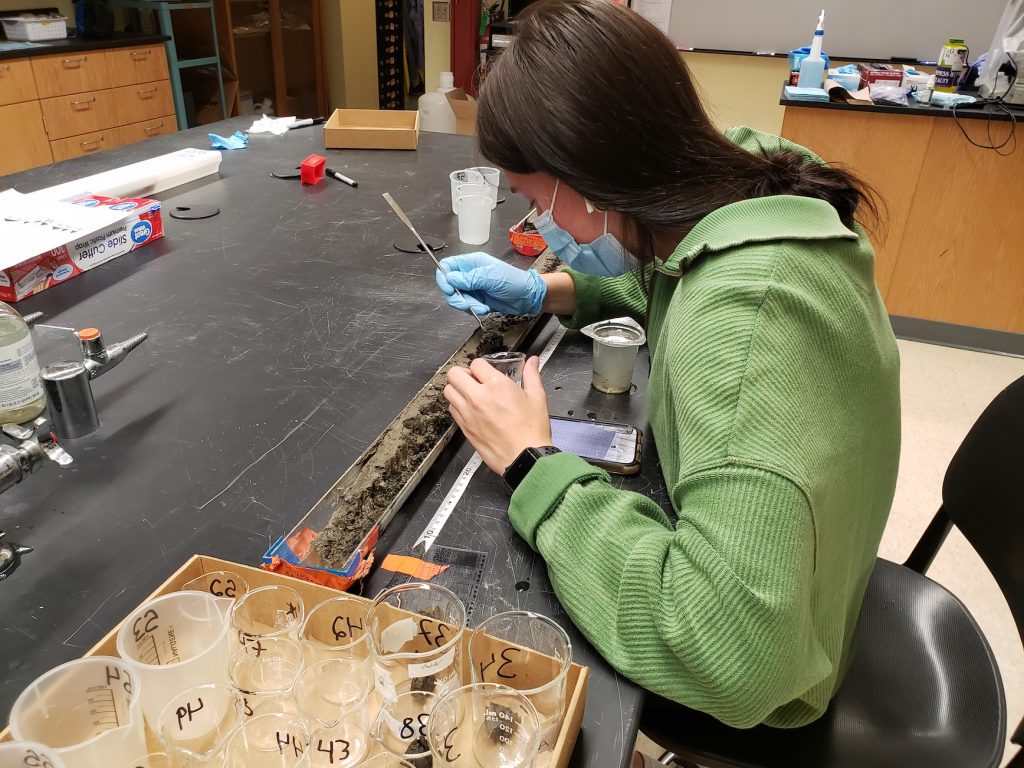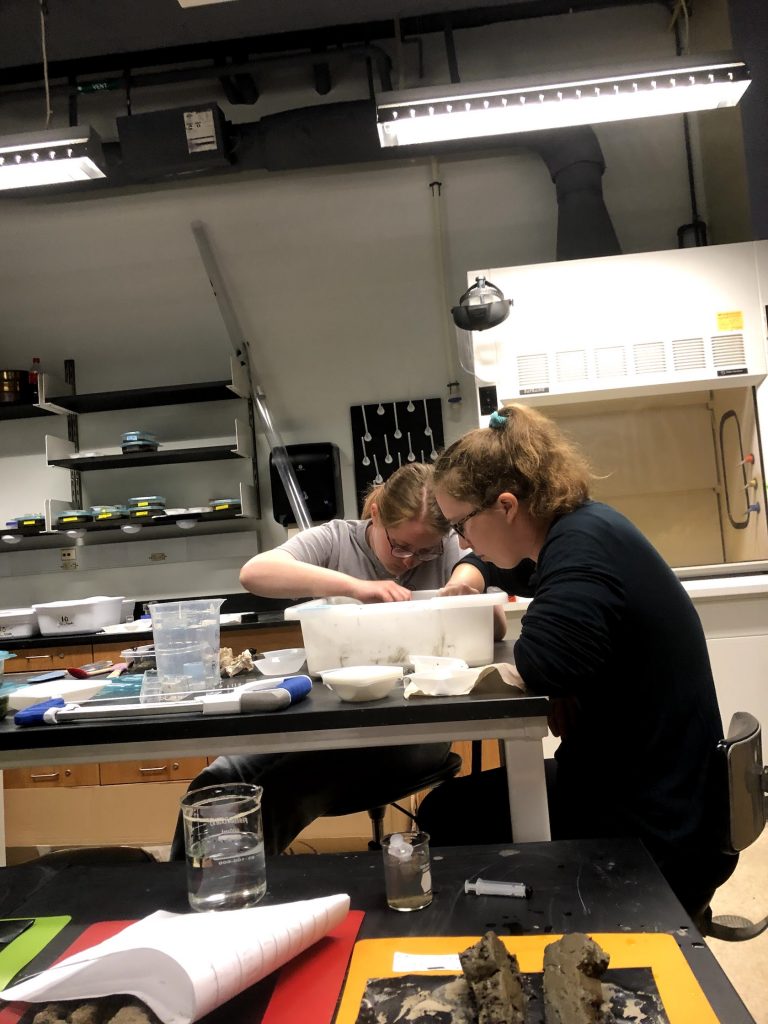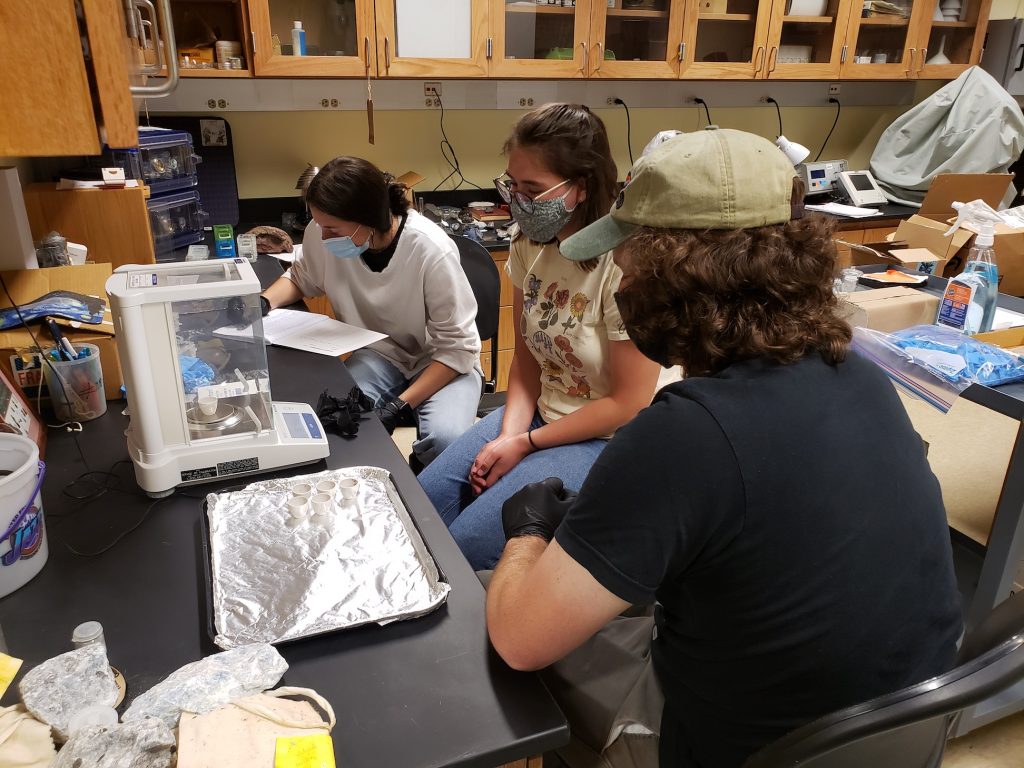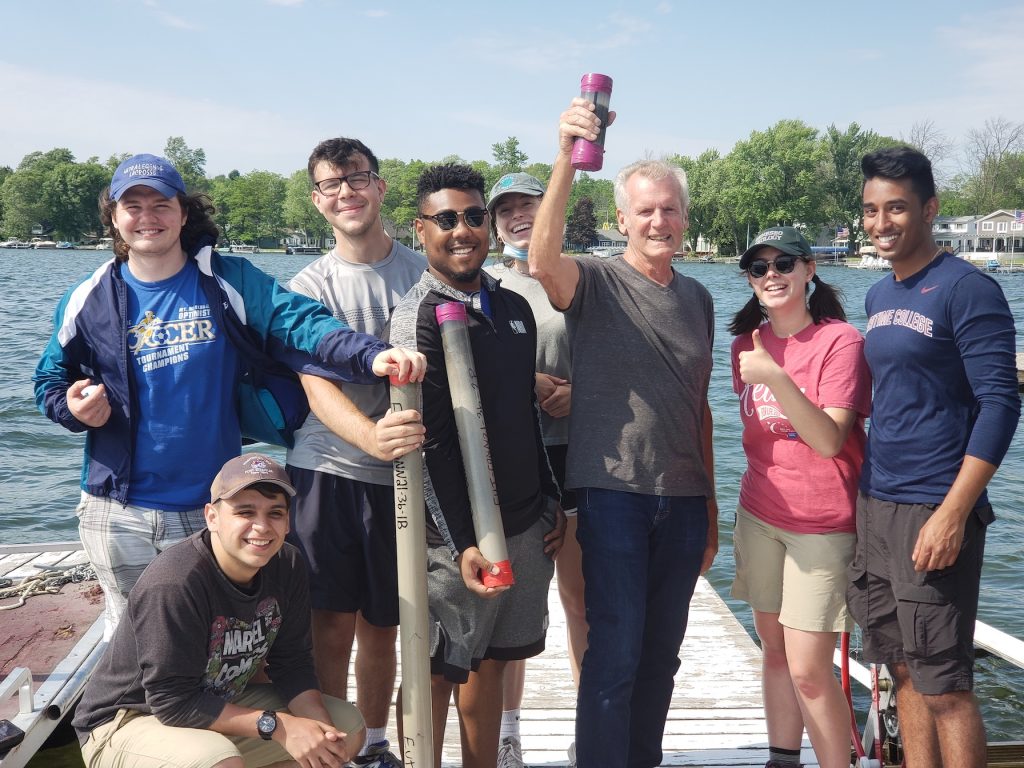Since the summer of 2018, I have progressively built a research program that focuses on the conservation and restoration of finger lake invertebrate ecosystems using the tools and techniques of conservation paleobiology. My main area of focus is on comparing the living communities to the dead and fossil communities.
Modern ecosystems such as lakes are impacted by anthropogenic activities such as agriculture, tourism, climate, and industry. These impacts can include shifts in community dominance, invasion of foreign fauna, and introduction and regulation of sediment and nutrients. Producing a current living assemblage that is less diverse and successful than the death assemblages that precede it. Macroinvertebrates’ are sensitive to environmental perturbations and can respond quickly (decades or less) to changes in water quality, sedimentation, and ecologic shifts, making them suitable for lake community assessment.
With this motivation, I have developed a research program that sequentially investigates the record of live/dead communities of Conesus Lake, Canadice Lake and Honeoye Lake in western New York. These lakes were selected based on their distinctive stages of anthropogenic influence and trophic state.
This research program is divided into three distinctive research phases:
- Diversity and abundance comparison of the live/dead community from surface sediments
- Sedimentological and paleoecological analysis of sedimentary cores that capture pre-European settlement
- Detection and analysis of trace metals, elements and contaminants in sediments (surface and core) and in shelly material (both live/dead and fossil) using various instruments
- Aquatic health, climate and ecological analysis of the lakes using diatom diversity, abundance, and morphological disparity in surface sediments and cores.
- Remediation and restoration analysis using ostracode assemblages within sedimentary cores
